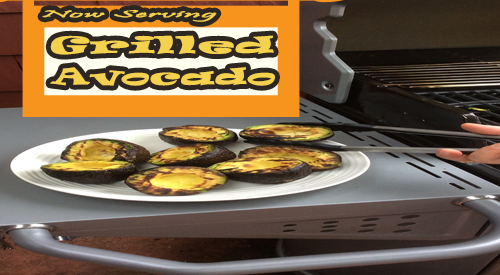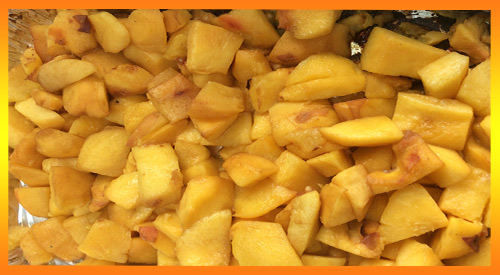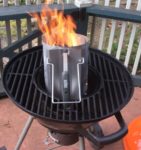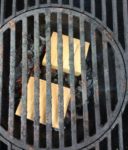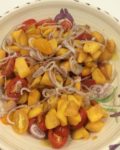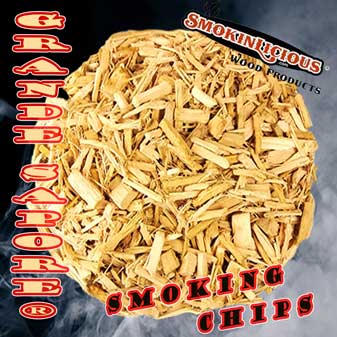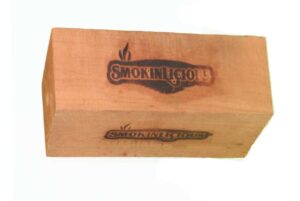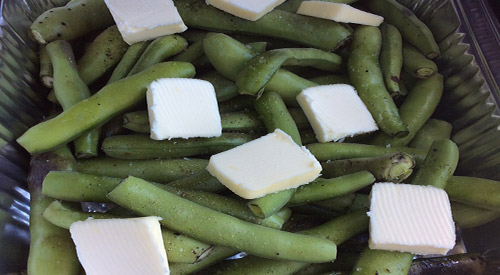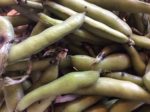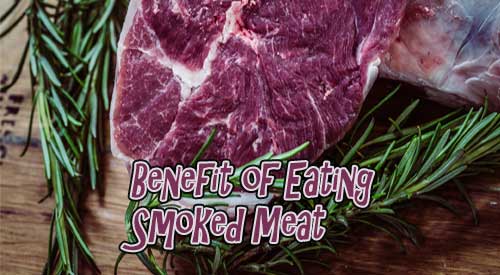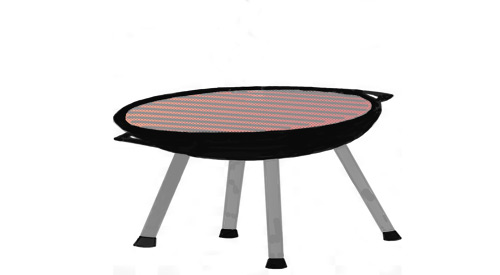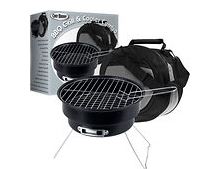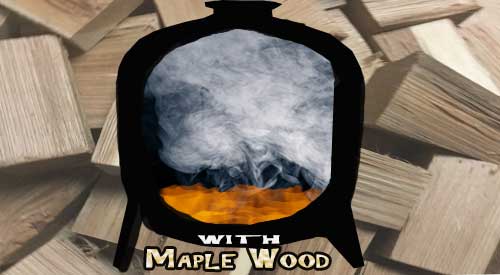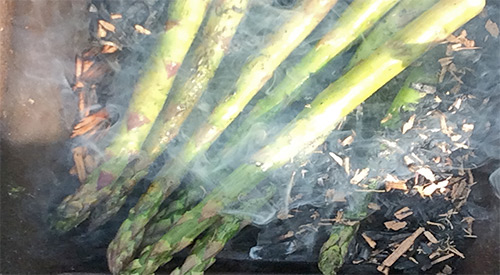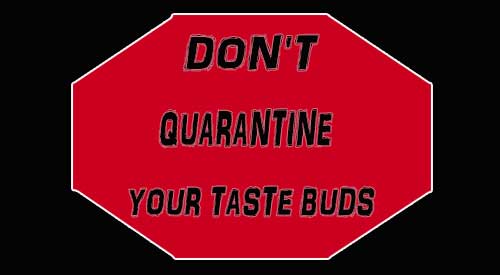Sat 12 Sep 2020
SMOKE FRESH CORN INDOORS
Posted by DrSmokeRead other related stories: General Smoking Information , Handheld Smoking
No Comments

The handheld food smoker allows you to smoke fresh corn indoors! It’s so easy and so tasty!
SMOKE FRESH CORN INDOORS

Listen to our blog
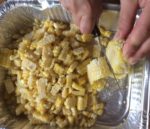
Corn is one of those vegetables that has an extended season to allow you to do all kinds of recipes and techniques. Given that there are times when you frankly don’t have a lot of time to stand over a grill to do whole ears of corn, I’m giving you an easy technique to add smoke flavor using a handheld food smoker. Then, I’ll give you a recipe for a spicy butter to coat the corn in to bring out the best in this seasonal vegetable. I’ll also provide some flavoring pairing that works great for other butter topping recipes. Go visit your favorite corn seller and pick up some fresh corn.
Smoke Fresh Corn Indoors- Easy Corn Prep
I’ve purchased 6 ears of corn and have boiled them in water until tender, which is the most traditional way of cooking corn. I allow them to cool enough to handle, then using a sharp knife, I stand the ear of corn on its wide end and cut the kernels from the cob into a disposable foil pan. If you cook the corn and then refrigerate it prior to removing the kernels, know that the kernels will not come off individually but as one long strand. Don’t worry about reducing these strands as when we add the butter topping, it will break down the kernels. Next, I’ll be taking the fresh kernels to the smoke using the Breville-PolyScience The Smoking Gun Pro Smoke Infuser which is a cold smoke application anyone can do!
Smoke Fresh Corn Indoors- Cold Smoke Infusion
If you’re familiar with The Smoking Gun™ note that the version I’m using was a collaboration between Breville and PolyScience, the originator of the concept, and designed specifically for commercial use. It is manufactured from heavier materials and can stand independently while you work the smoke vapor production.
I’ve gathered together my pan of previously cooked corn kernels, the handheld food smoke infuser, SmokinLicious® Minuto® wood chips in size #8, a lighter, a plastic food bag, and a cable tie. After sliding my corn pan into the plastic bag, I place a pinch or two of the wood chips in the unit’s bowl, extend the smoking tube into the plastic bag, then pinch off the end of the bag around the tube, and lite the chips.
Tasting Notes: You may select any hardwood microchip for the smoking but do note that this infuser produces a lot of smoke vapor. I tend to recommend using light to medium boldness levels of hardwood: Ash, Maple, Cherry.
After placing the corn pan in the plastic bag and lighting the chips with the handheld food infuser, I synch the bag’s end tightly around the tubing. This allows me to trap all the smoke vapor in the bag and surround the corn. Once filled – the bag will expand – I turn off the smoker, remove the tubing, and attach a cable tie to the bag’s end. I prefer to wait until the smoke vapor has dissipated from the bag. That’s when I cut the tie and remove the corn tray from the bag. Time to take this to the kitchen and make a spicy butter for the fresh, smoked corn.
Spicy Butter and More Recipes
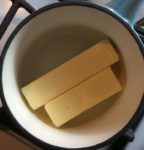
Time to share my recipe for a spicy butter that works perfectly with the sweetness of the corn.
First, melt 1-1/2 sticks of butter over medium heat. Add 2 tablespoons chili-garlic sauce, 2 tablespoons Chipotle Chili pepper, 2 tablespoons lime or lemon juice, and 1 tablespoon Hoisin sauce. Whisk together, then remove from heat. This will be poured directly over the smoked corn and reheated until warmed through. Serve immediately.
There are so many options for corn that it depends if you want a spicy flavor, sweet, savory, or citrus. In addition to the spicy butter recipe I provided, here are some other flavor combinations that work just as well:
Truffle Butter: garlic, butter, truffle oil, salt & pepper
Sundried Tomato Butter: butter, chopped sundried tomato, basil, parsley and a sprinkle of Parmesan
Siracha Butter: beer, siracha, butter, garlic powder, cilantro, salt, pepper, and oil
No matter what combination you prefer, adding another flavor level through smoke vapor will make this corn season one to remember and enjoy! Remember with this kitchen Handheld smoke method for fresh corn can be finished quickly without lighting a grill!
SmokinLicious products used in this blog:
Wood Chips- Minuto®

More Related reading on “What Wood for Smoking” and other great smoking and grilling tips and techniques
Additional reading:
-KIWIFRUIT GETS SMOKY
-FRESH CORN ON THE COB- GRILLED
-SMOKED MAPLE SYRUP MARINADE

Dr. Smoke try our handheld SMOKE METHOD FOR FRESH CORN technique for smoky flavor!
